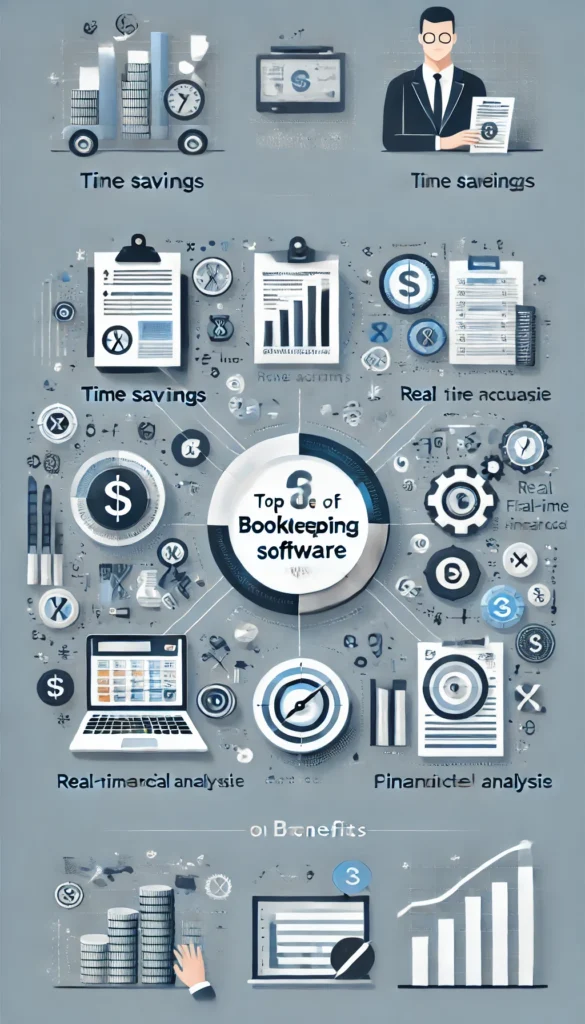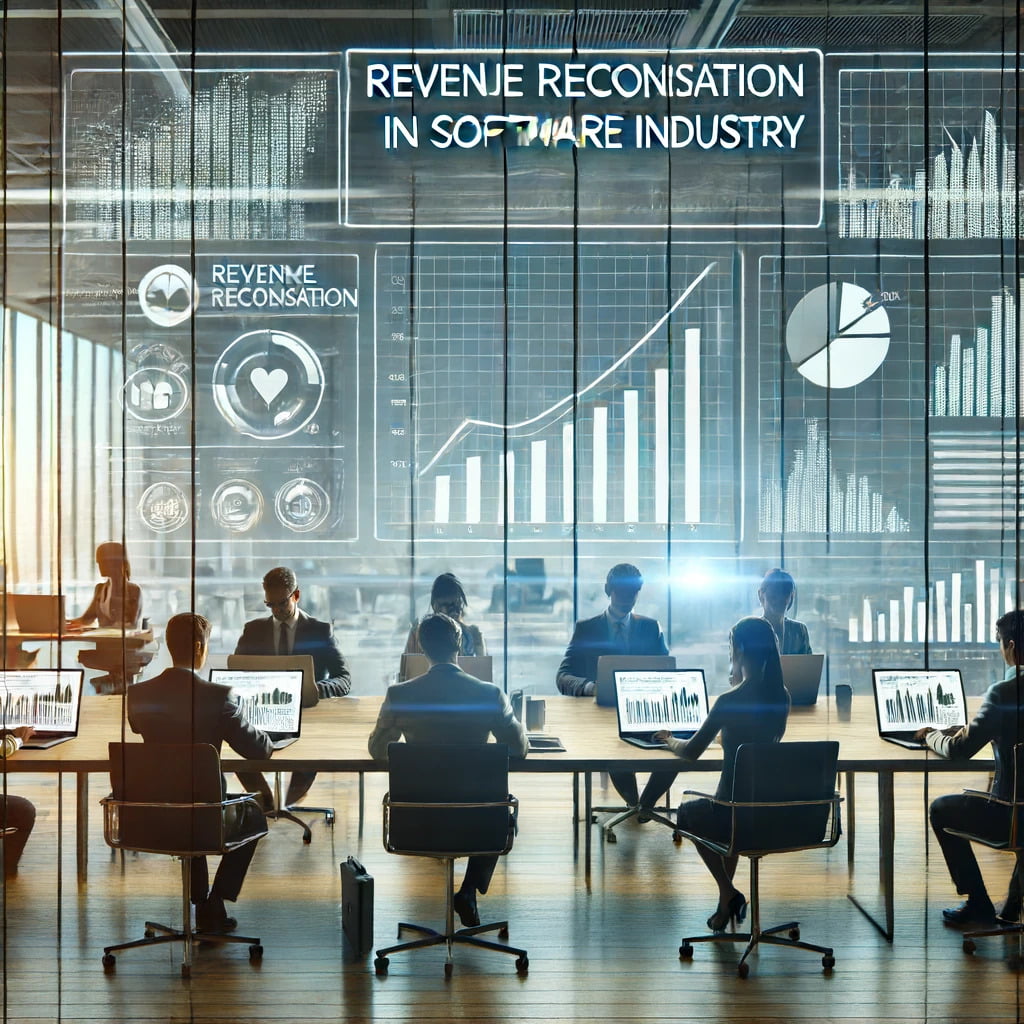Introduction
Revenue recognition is a critical aspect of financial reporting in any industry, and it holds particular importance in the software sector due to the complexity of its business models. Proper revenue recognition ensures accurate financial reporting, compliance with regulatory standards, and reliable financial health indicators for stakeholders. This article delves into the principles, challenges, and best practices of revenue recognition in the software industry, emphasizing its significance in the context of financial success.
What is Revenue Recognition?
Revenue recognition, particularly in the software industry, refers to the process of recording revenues in the financial statements. It determines the specific conditions under which income becomes realized as revenue. Proper revenue recognition is crucial for ensuring the accuracy of financial statements, which in turn supports sound decision-making by investors, management, and other stakeholders.
Revenue Recognition Standards and Guidelines
Two main standards guide revenue recognition in the software industry: ASC 606 and IFRS 15. These standards aim to provide a consistent framework for recognizing revenue across various industries, including software.
ASC 606 (Accounting Standards Codification 606): Issued by the Financial Accounting Standards Board (FASB), ASC 606 outlines a comprehensive revenue recognition model that applies to all contracts with customers.
IFRS 15 (International Financial Reporting Standard 15): Issued by the International Accounting Standards Board (IASB), IFRS 15 aligns closely with ASC 606 and establishes principles for reporting useful information to financial statement users about the nature, timing, and uncertainty of revenue and cash flows from contracts with customers.
Revenue Recognition in the Software Industry
The software industry faces unique challenges in revenue recognition due to the varied nature of its revenue streams, including licensing, subscriptions, and services. Here’s an overview of how revenue recognition applies to these different types of software revenue:
Licensing Agreements: Revenue from licensing can be recognized either at a point in time or over time, depending on the contract terms and the nature of the license (perpetual or term-based).
Subscription-Based Models: Subscription revenue is typically recognized over the subscription period as the service is provided.
Bundled Contracts: Contracts that bundle software with services or support must allocate the transaction price to each performance obligation based on their relative standalone selling prices.
SaaS Contracts: SaaS revenue is recognized over time as the service is provided, reflecting the ongoing nature of the obligation.
Key Principles of ASC 606 and IFRS 15
The revenue recognition process under ASC 606 and IFRS 15 involves five key steps:
- Identify the Contract with a Customer: A contract is an agreement between two or more parties that creates enforceable rights and obligations.
- Identify the Performance Obligations: A performance obligation is a promise in a contract to transfer a distinct good or service to the customer.
- Determine the Transaction Price: The transaction price is the amount of consideration to which an entity expects to be entitled in exchange for transferring promised goods or services to a customer.
- Allocate the Transaction Price: Allocate the transaction price to each performance obligation based on the relative standalone selling prices.
- Recognize Revenue: Revenue is recognized when (or as) the entity satisfies a performance obligation by transferring a promised good or service to the customer.
Common Scenarios in Software Revenue Recognition
Licensing Agreements: For perpetual licenses, revenue is typically recognized upfront when the customer gains control of the software. For term licenses, revenue is recognized over the license period.
Subscription-Based Models: Revenue from subscriptions is recognized ratably over the subscription period.
Bundled Contracts: These contracts require careful allocation of the transaction price to each performance obligation, often involving significant judgment and estimation.
SaaS Contracts: SaaS revenue is recognized over the period the service is provided, reflecting the continuous delivery of the service.
Challenges and Complexities in Software Revenue Recognition
Multi-Element Arrangements: Contracts often include multiple elements (e.g., software, support, training), requiring careful allocation of revenue.
Variable Consideration: Discounts, rebates, and performance bonuses can complicate the determination of the transaction price.
Contract Modifications and Renewals: Changes to contracts can affect the allocation and timing of revenue recognition.
Principal vs. Agent Considerations: Determining whether the company is acting as a principal or an agent in a transaction impacts how revenue is reported.
Best Practices for Revenue Recognition in the Software Industry
Implement Robust Internal Controls: Ensure that all revenue recognition processes are well-documented and regularly reviewed for compliance with relevant standards.
Regularly Update Accounting Policies and Procedures: Stay current with changes in standards and industry practices to ensure ongoing compliance.
Utilize Revenue Recognition Software Tools: Leverage technology to manage complex revenue recognition scenarios and ensure accuracy.
Training and Educating Accounting Teams: Continuous training on the latest standards and best practices is essential for maintaining compliance and accuracy.
Future Trends and Developments
Impact of Emerging Technologies: Technologies like AI and blockchain are expected to streamline revenue recognition processes and enhance accuracy.
Potential Changes in Regulatory Guidelines: Ongoing developments in accounting standards may introduce new requirements or simplify existing processes.
Industry Trends: The shift towards subscription-based models and SaaS continues to grow, influencing revenue recognition practices.
Conclusion
Revenue recognition is a critical process in the software industry, impacting financial reporting, compliance, and business decisions. Understanding and implementing the principles of ASC 606 and IFRS 15, along with best practices, can help companies navigate the complexities and ensure accurate financial statements.
FAQs
- What is revenue recognition?
- Revenue recognition refers to the process of recording revenues in the financial statements.
- Why is revenue recognition important in the software industry?
- It ensures accurate financial reporting and compliance with regulatory standards.
- What are ASC 606 and IFRS 15?
- ASC 606 and IFRS 15 are standards that provide a consistent framework for recognizing revenue.
- How do you recognize revenue from software licensing agreements?
- It depends on the nature of the license; perpetual licenses are recognized upfront, while term licenses are recognized over the period.
- What are the common challenges in software revenue recognition?
- Multi-element arrangements, variable consideration, contract modifications, and principal vs. agent considerations.
- What are the best practices for revenue recognition in the software industry?
- Implement robust internal controls, update accounting policies, use revenue recognition software tools, and train accounting teams.
- How does SaaS revenue recognition differ from traditional software licensing?
- SaaS revenue is recognized over the period the service is provided, reflecting continuous delivery.
- What tools can help with revenue recognition in the software industry?
- Revenue recognition software tools can manage complex scenarios and ensure accuracy.
You should also check out our other content for more insights and best practices in the software industry.
Short H2 heading

Bookkeeping Software: Essential Tools for Accurate Financial Records 0.1

Financial Management Software in Modern Businesses 1.0


